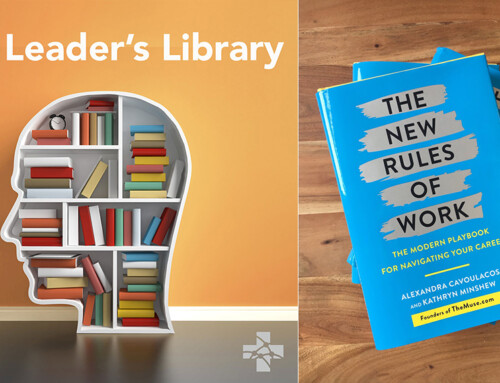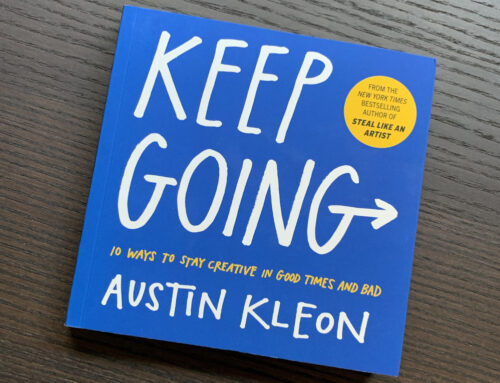 DNR/DNI, Code Blue, Cardiac Arrest, Traumatic Brain Injury, Exsanguination, Septic Shock, Respiratory Arrest… and the list goes on. As healthcare providers, we are well versed in the medical and emergency resuscitations that can spiral into these dangerous arenas. Even if we don’t always know the exact cause, we know the mantra of ABCs and we stick to it until the end. The very last end… But the end of what? Where is the dignity in resuscitating a body that has already died? Ultimately the question becomes, are we as practitioners as well versed in letting go, in letting the body die, and then ultimately explaining that process to the family?
DNR/DNI, Code Blue, Cardiac Arrest, Traumatic Brain Injury, Exsanguination, Septic Shock, Respiratory Arrest… and the list goes on. As healthcare providers, we are well versed in the medical and emergency resuscitations that can spiral into these dangerous arenas. Even if we don’t always know the exact cause, we know the mantra of ABCs and we stick to it until the end. The very last end… But the end of what? Where is the dignity in resuscitating a body that has already died? Ultimately the question becomes, are we as practitioners as well versed in letting go, in letting the body die, and then ultimately explaining that process to the family?
How We Die
This book originally was published in 1994 by Dr. Sherwin Nuland with the goal to “demythologize the process of dying”. He wrote this book to address a quandary that he had noticed between the death people stated that they wanted full of peace, love, and calmness and the death that they instead had which was clinical, chaotic, and sterile, also known as “modern dying” according to the author. Dr. Nuland also noticed that with the advent of hospitals and hospitalizations of the ill, people had become quite distanced not only from death, but also the process of dying. Whereupon prior generations lived with their grandparents until their passing, modern death happened in another location with actual physical separation. This only led to a lack of familiarity of the process of dying and, naturally a development of fear in this process.
Clinical Application
ALiEM Bookclub chose this book because of the daily reality of how much death affects our clinical practices not, especially in the emergency setting with patients that we know little to nothing about. Although this book is written for a non-medical person or someone with little to no medical training or understanding, we believed that the book has value for practitioners. This book can serve well as a foundation to develop palliative care skills. Chapters are broken up into diseases processes that explain the process of heart failure and the devastation of HIV. A particularly beautifully written chapter details the life and slow dying process the author’s own grandmother went through as she ultimately passed away at an elderly age.
Most of all, this book attempts to address head on, without shying away from any graphic details about the process of dying. This even went so far as to include the tragic story of a young girl who was murdered in front of her mother with Nuland detailing the exact process of how knife wounds can lead to vascular injury and ultimately to exsanguination. This role models for the readers how to approach these difficult discussions with patients and their patient families – using methods that are honest but frank, not afraid of the hard questions that patients may have.
Bookclub
Members of the book club convened and discussed the following questions. Please add your own questions, thoughts, and comments below.
- The author talks about realistically understanding goals of care, especially regarding terminal illnesses such as cancer, and potentially addressing these goals outside of medicine. What are your thoughts on this?
- How do you think the author felt about medical researchers and their general approach to medical problems?
- Would you suggest this book to medical students or nursing students? Would you suggest this book to a dying patient or to a family of a dying patient?
- What are challenges to providing effective palliative care in the ED setting?
Conclusion
Ultimately this is a great book for anyone interested in palliative care, ethics of dying, and challenges to modern healthcare. Most of all, this book is a reminder to stop during hectic ED shifts and consider those patients who may not be acutely at the brink of dying, but perhaps are suffering terribly from chronic illness. Consider having a personal conversation with them about their own thoughts of dying, concerns that they may have, medical or otherwise. The direction of the conversation may surprise you. Five minutes — we can all spare that much time to help someone regain their dignity and control over their own dying process.



